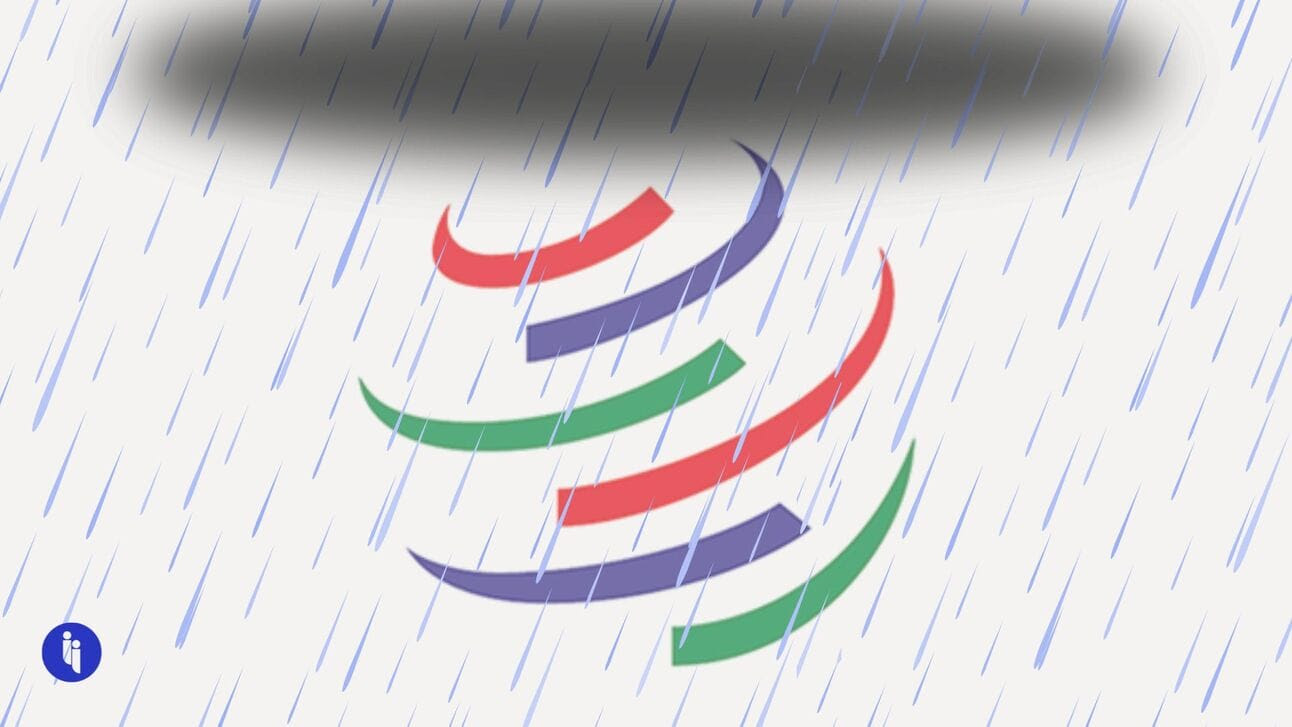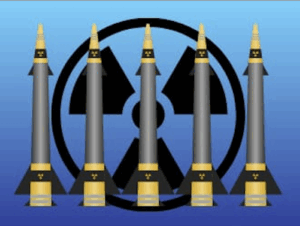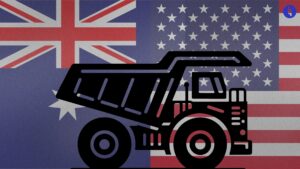WASHINGTON — Now that The Great Tariff Showdown of 2025™ is on and the markets have gone wild, the number-crunchers at the World Trade Organisation (WTO) have decided to lob their latest ‘Global Trade Outlook’ into the mix. And it’s timely because:
Of course, everyone wants to know what’s next
- There’s now a bill in Congress to pull the US out of the WTO, and
- The World Bank’s Spring Meetings kick off in DC next week, meaning…
- Thousands of foreign officials (including several we’ve spoken to) will be in DC, hustling to line up US meetings to negotiate lower tariffs.
So, what does this WTO report tell us? Here are the three quotes you need to know:
Stay on top of your world from inside your inbox.
Subscribe for free today and receive way much more insights.
Trusted by 146,000+ subscribers
No spam. No noise. Unsubscribe any time.
- “The outlook for global trade has deteriorated sharply due to a surge in tariffs and trade policy uncertainty”
To be clear, we didn’t go digging around for this one. It’s literally the WTO’s opening line, warning that trade will decline by 0.2% this year. And just to rub it in, the WTO notes that ”had tariffs and uncertainty remained low”, our world would’ve traded 2.7% more.
Now, President Trump has of course wound back most tariffs to his 10% baseline, but that’s only for 90 days. So the uncertainty remains, and that’s tough to measure, though:
- We’ve seen an immediate collapse in ocean container bookings
- An immediate collapse in consumer sentiment (playing wait-and-see), and
- An immediate tripling (then easing) in Wall Street’s ‘fear gauge‘ (VIX).
Now, as for what happens next….
2. “Chinese merchandise exports are projected to rise by 4% to 9% across all regions outside North America as trade is redirected”
This is reiterating a point we’ve long made, which is that as tariffs render US-China trade non-viable, China will scramble to find new markets to absorb its vast output.
As for what happens between the US and everyone else? That depends on Trump’s ongoing tariff talks, though he’s made clear he wants more stuff manufactured in the US rather than imported. And of course, that in turn depends on how his talks go: investors typically wouldn’t back new plants without tax and tariff certainty.
But of course, our world doesn’t just trade in goods, but also…
3. “Services trade, though not directly subject to tariffs, is also expected to be adversely affected”
This is an interesting one that’s getting overlooked a bit. While most tariffs apply to physical goods, that’ll still reduce demand for related services like transport and logistics — plus related boardroom jitters might curb demand for services like marketing and finance. Still, the WTO is projecting services trade to grow this year.
Yet that also feels like a projection that can change overnight: the world’s largest exporter of services is the US, and its major players (like Silicon Valley and Hollywood) are already getting warning shots — the EU has identified US tech as a prime retaliation target, while China has already started tapering the number of Hollywood films it’ll screen.
Oh, and aside from being massive sectors, both Hollywood and Silicon Valley are also two of America’s strongest sources of soft power.
INTRIGUE’S TAKE
This WTO report casually mentions at one point that when it comes to this evolving trade war, there’s “no directly comparable event in recent history”. So if this all feels kinda big lately, rest assured that’s because it absolutely is big.
Anyway, attention will now shift to next week’s World Bank meetings in DC, and we actually managed to join a call yesterday with the Bank’s chief (and former Mastercard CEO) Ajay Banga. He tried valiantly to avoid questions on Trump’s tariffs, but eventually he went beyond just urging everyone to wrap up these US trade talks asap. Specifically, he also urged capitals to “keep their regional and bilateral deals”, too.
I.e., his point was that everyone should still hedge their bets. And that leads us to another under-reported ripple effect: we’re seeing lots of capitals get a sudden rush of renewed interest in trade talks that long seemed to be going nowhere. Eg, the EU-Australia on-again-off-again talks might now be on again, Japan is re-visiting Southeast Asia, and African capitals are redoubling their own free trade area efforts.
So while Trump’s tariffs are initially an attempt to unwind decades of accumulated imbalances between the US and China, the impacts will be felt everywhere.







